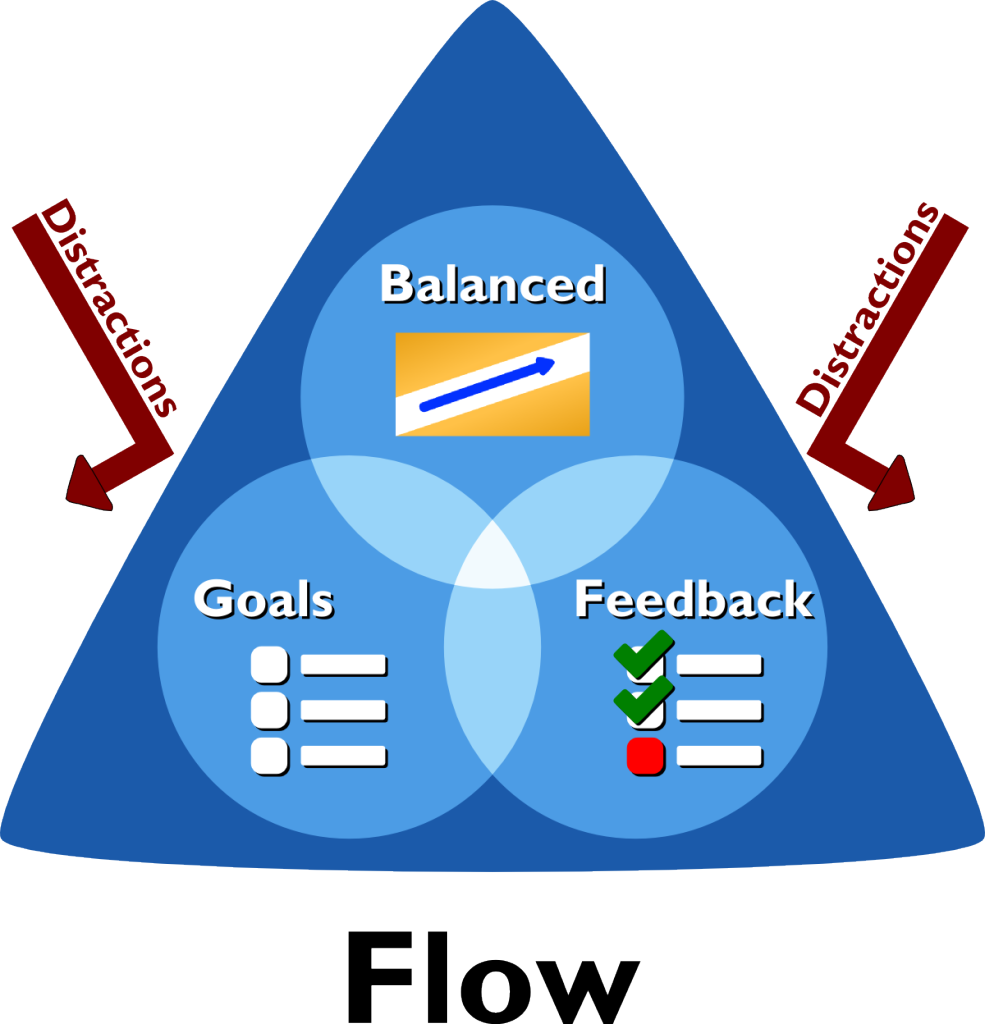

Here is an example of an inner join visualized as a join diagram: There was a popular article in 2016 that also opposed using Venn diagrams and the author proposed an alternate diagram called a ‘join diagram’. Regardless of which side you agree with more, you now have some context for the reason I decided to write this article.

Here are the reasons I found people did not agree with using Venn diagrams for visualizing SQL joins:

In attempt to understand both sides better, I read quite a few opinions on Reddit as well as some articles. Key Points from the Opposing Sides of the Argument That being said, I hope to address the key points from both sides in the “Great SQL Venn diagram debate” and propose a solution that might, just maybe, appease people from both sides.
#Zen diagram author code
Please remember though, that the best way to truly understand SQL joins is to get in the code and practice! Please remember though, that the best way to truly understand SQL joins is to get in the code and practice! SQL is a good resource that I have found to practice SQL. Sure, there might be an optimal learning path for the majority of people, but learning is a tailored experience and so I don’t want to discount the benefits others have found by using different visualizations. The reason this debate exists is because both sides have seen benefits from different learning approaches and that is ok. Quick side note: In regards to the pronunciation of SQL, SQL was originally spelled ‘SEQUEL’ and was only changed to ‘SQL’ due to a trademark issue.ĭespite having my own opinion on the topic, I do think it’s worth stating that I believe that those on both sides of the argument have some valid points and that these visualizations are both valid ways to represent SQL joins. I decided to write this article after I thought about the arguments from both sides and then found what I think is an underrated visualization for SQL joins that I am calling the checkered flag diagram.
#Zen diagram author how to
This debate reminds me of the arguments on how to pronounce SQL or when I first heard about the tabs vs. I also found a related popular post published in Towards Data Science 2 years ago titled, “ Can we stop with the SQL JOINs venn diagrams insanity?”. It was interesting reading through others opinions about it. As I was reading more about it, I found a popular Reddit post titled, “Say NO to Venn Diagrams When Explaining Joins”. Following that comment, I got some passionate responses and realized this has been debated extensively already and has some history behind it.


 0 kommentar(er)
0 kommentar(er)
